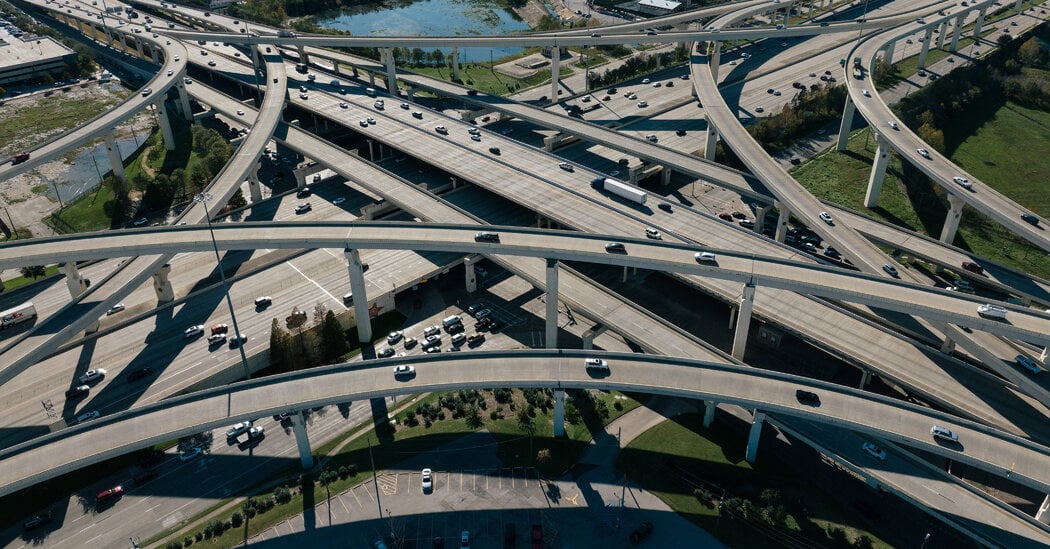- cross-posted to:
- fuckcars@lemmy.world
- cross-posted to:
- fuckcars@lemmy.world
For critics of widening projects, the prime example of induced demand is the Katy Freeway in Houston, one of the widest highways in the world with 26 lanes.
Immediately after Katy’s last expansion, in 2008, the project was hailed as a success. But within five years, peak hour travel times on the freeway were longer than before the expansion.
Matt Turner, an economics professor at Brown University and co-author of the 2009 study on congestion, said adding lanes is a fine solution if the goal is to get more cars on the road. But most highway expansion projects, including those in progress in Texas, cite reducing traffic as a primary goal.
“If you keep adding lanes because you want to reduce traffic congestion, you have to be really determined not to learn from history,” Dr. Turner said.



Yeah, traffic congestion is a lot more complex than it seems. If you alleviate one bottleneck, you can create 15 more (because now more traffic flows through the “fixed” area, stressing everything else) where some of those new ones interact with each other in a way that slows traffic more than the original bottleneck did.
You need to consider the endpoints as well as the middle. If you make it easier for people to get to their destination and off the road, then traffic will improve. Problem is, destinations are all over the place, so even that can end up causing more congestion if it also enables higher throughput that other roads it feeds into can’t handle.
Mass transit experiences the same thing. Not to say that there’s no point in emphasizing it, just that it won’t get rid of the problem entirely.
deleted by creator